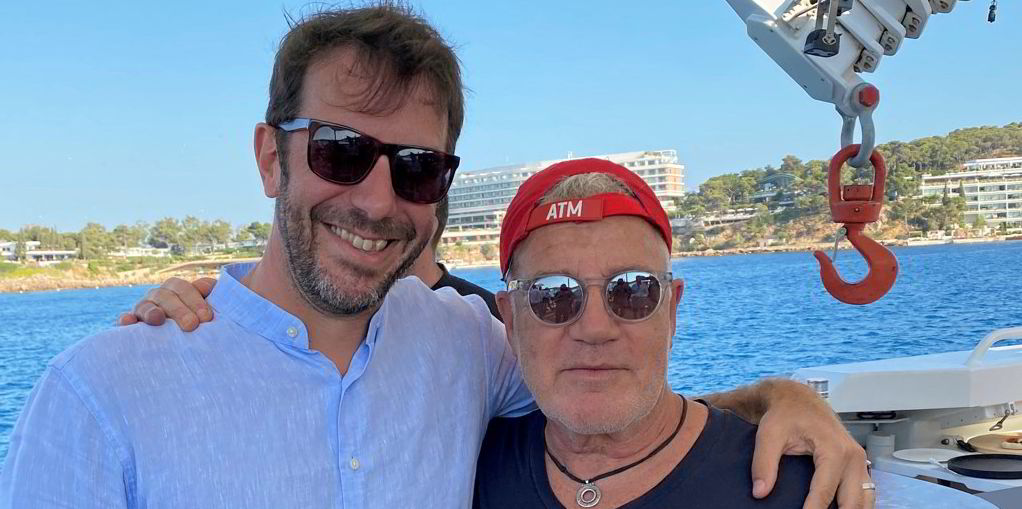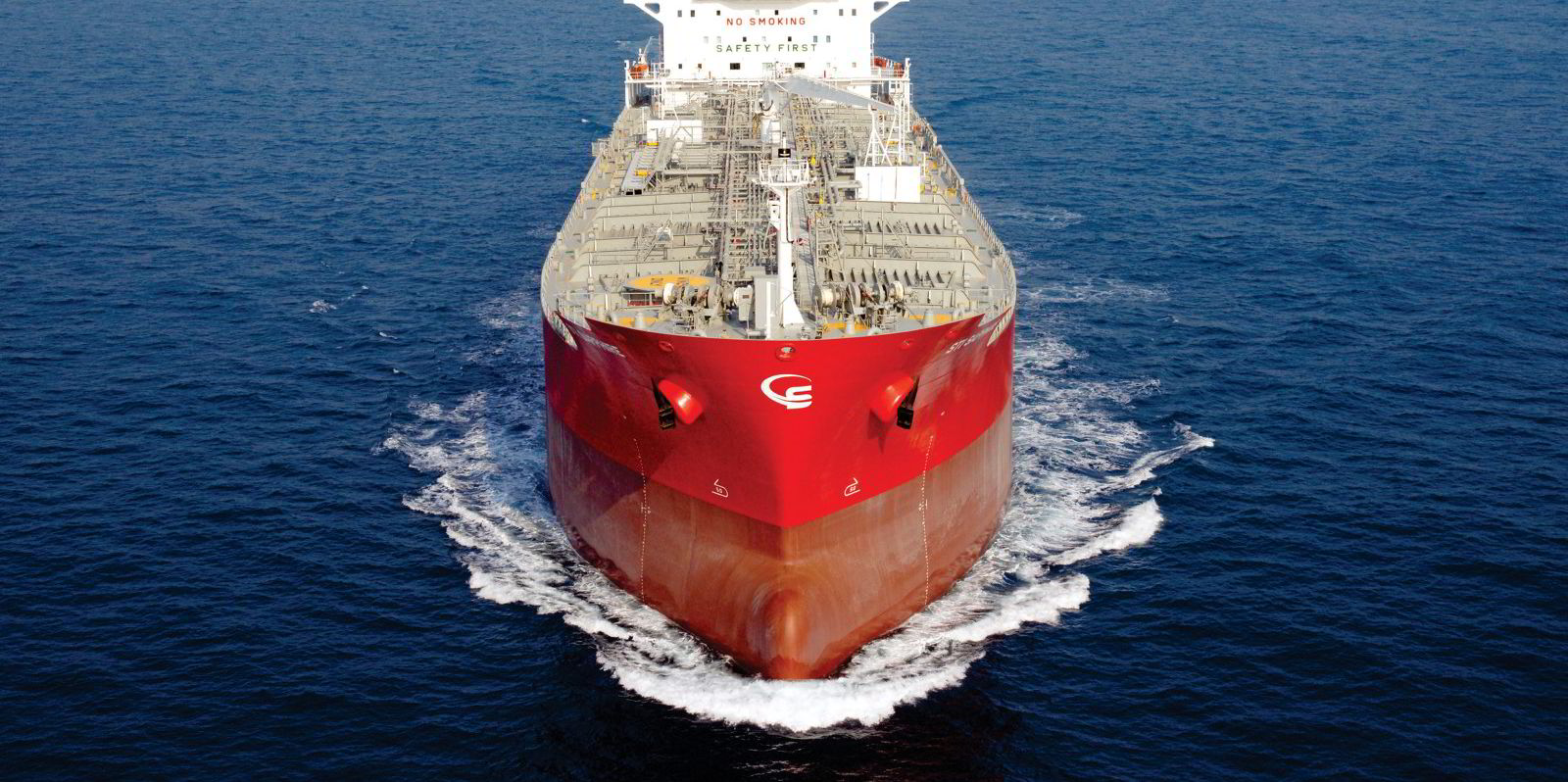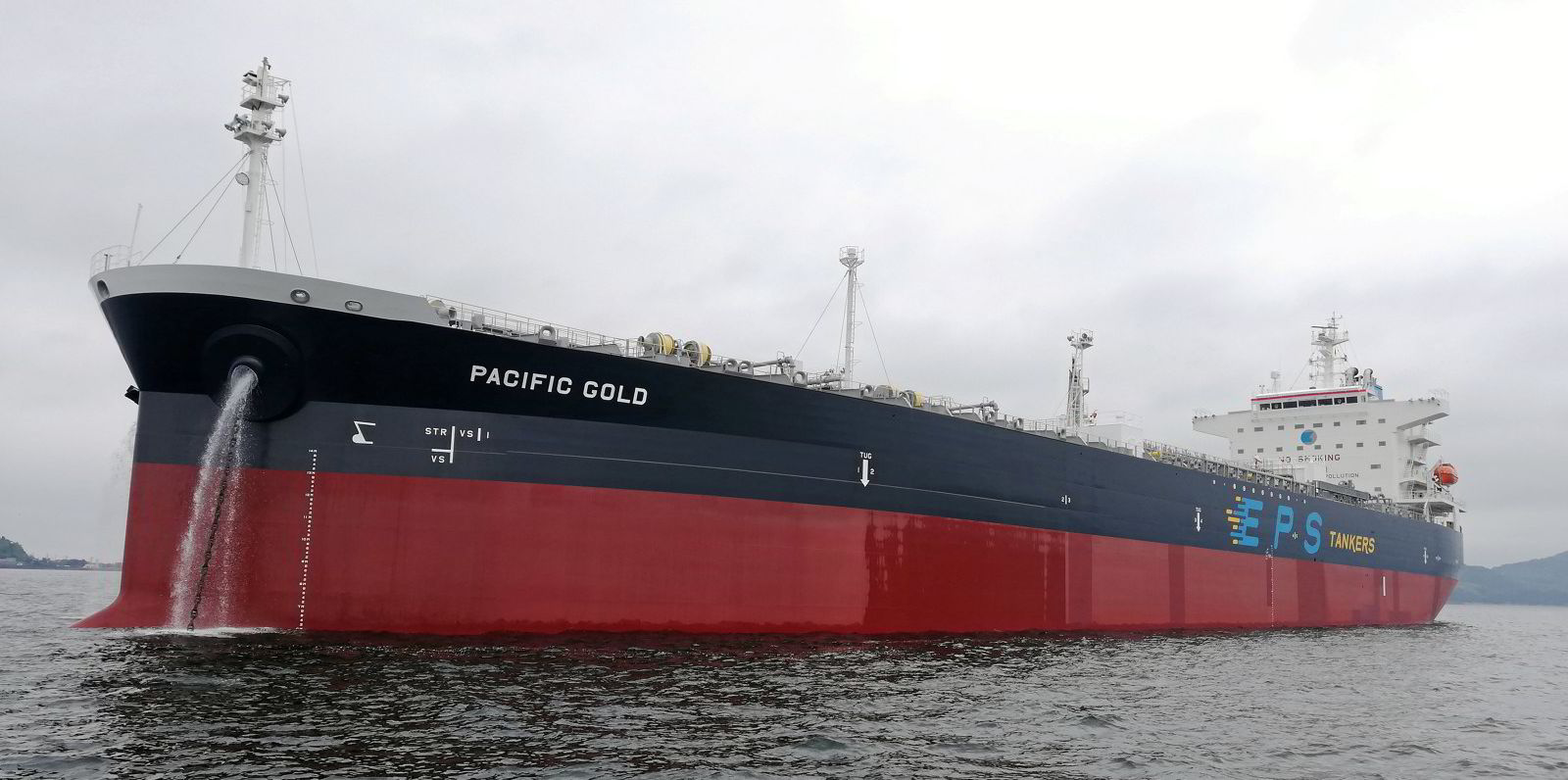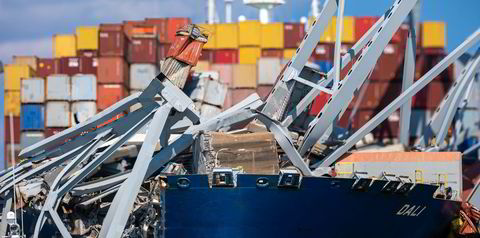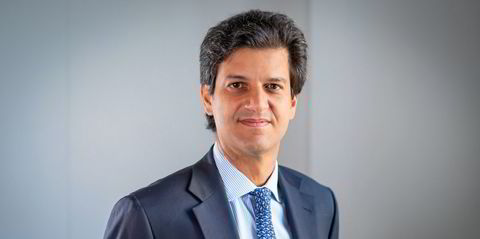Singapore’s Eastern Pacific Shipping has quietly added two MR tanker newbuildings worth $86m to its huge orderbook.
Shipping sources familiar with the Idan Ofer-controlled company said it signed up for two 50,000-dwt product carriers at Hyundai Vietnam Shipbuilding in September but the newbuilding contract was never reported.
Officials at Hyundai Vietnam and Eastern Pacific chief executive Cyril Ducau declined to comment when contacted by TradeWinds.
The Hyundai Vietnam order lifts the total number of MR tanker newbuildings that Eastern Pacific has on order to six. Its other four are being built at China’s New Times Shipbuilding. The quartet, ordered last month at around $42m apiece, is slated for 2025 delivery.
Sources believe Eastern Pacific is paying close to $43m each for the two MR newbuildings. A sister shipyard to Hyundai Mipo Dockyard, Hyundai Vietnam is scheduled to deliver the pair in 2025.
A diversified owner, Eastern Pacific has a big presence in the tanker, dry bulk and container ship segments. It controls more than 200 vessels, of which 74 are dual-fuel.
MR tankers are one of the core ship types for the company and it has 16 vessels trading in the spot market.
One source familiar with the owner said it has been looking to expand the product tanker fleet with newbuildings, as it is targeting to have at least 20 vessels.
Eastern Pacific has been active in ordering newbuildings for the past four years and was one of the first owners to invest in LNG dual-fuel vessels as part of a commitment to reducing shipping’s carbon footprint.
But for the MR newbuildings, it has opted for conventional fuel, as they are smaller tankers and the company is applying a different solution for them. Eastern Pacific is going to fix a carbon capture and filtering device on its 49,700-dwt Pacific Cobalt (built 2020) in December and plans to install the system on two more MR tankers next year.
Ralph Leszczynski, Banchero Costa’s Singapore-based head of research, said dual fuel makes sense for large vessels trading on predictable routes.
“LNG bunker availability is still far from being ubiquitous, but less so for MRs, which trade to a large number of smaller ports and need flexibility,” he said.
“And with the current shortage of natural gas in the world following the suspension of pipeline supplies from Russia to Europe, LNG is really expensive now. So, in the short term and medium term, LNG must be pretty unattractive from a cost perspective compared to fuel oil.”
